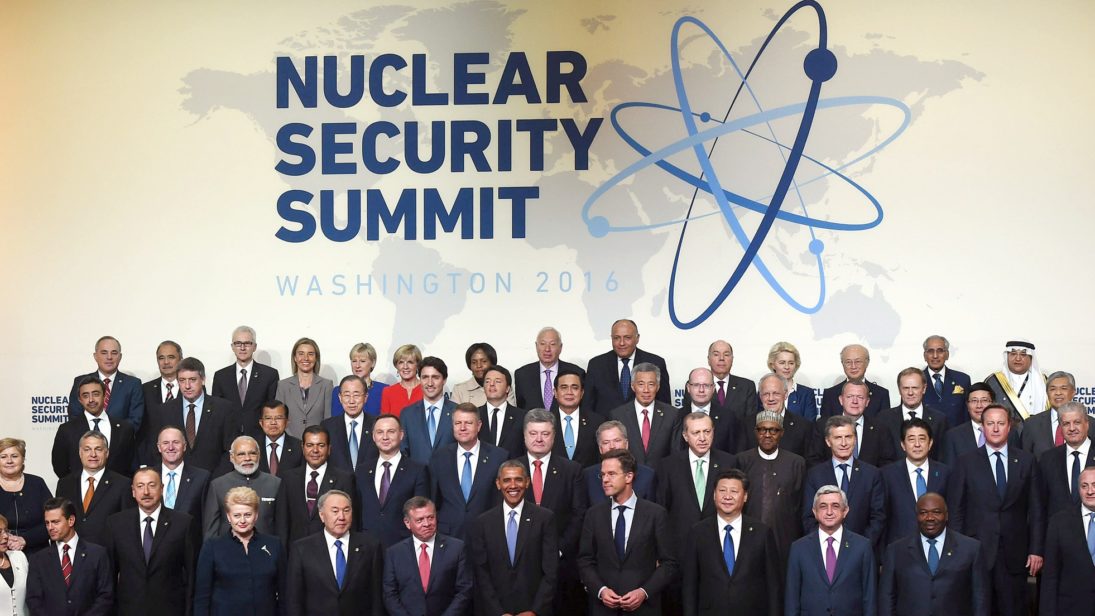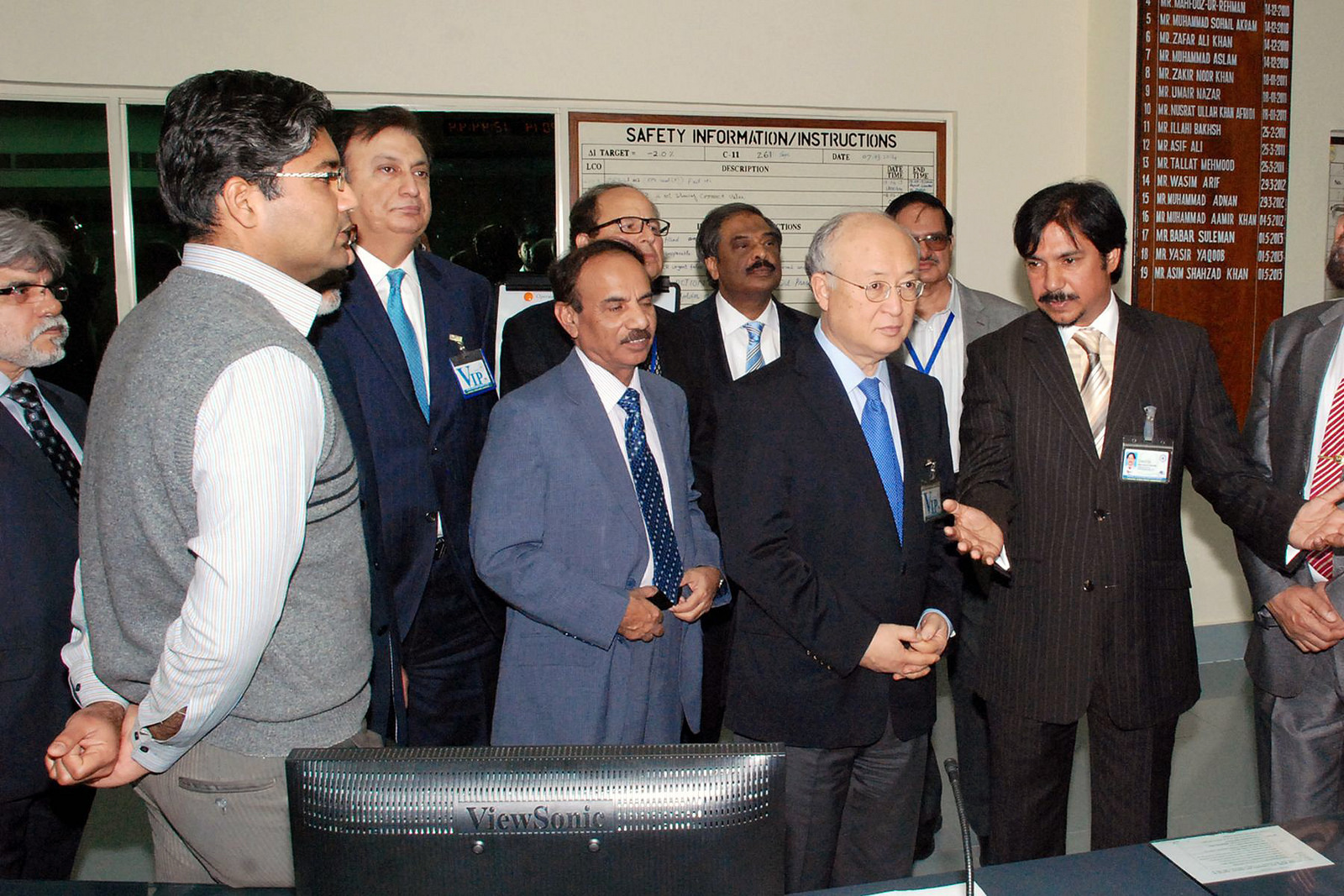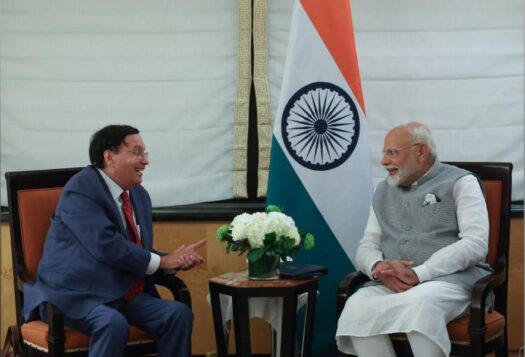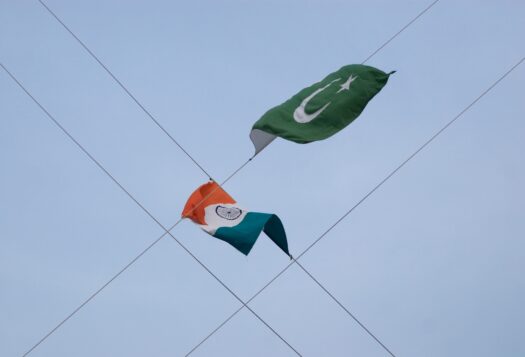
Over the past three decades, the progressive accretion of nonproliferation agreements has led to greater transparency on nuclear materials worldwide. This has enabled the introduction of various commitments and treaties to strengthen transparency measures, driven by the need for the protection of materials and enhancing the scope of safeguards. To this end, one of the primary goals of the Nuclear Security Summit (NSS) process has been to secure nuclear materials by helping to create a tangible and enduring international architecture for securing highly enriched uranium (HEU) through ratified treaties and multilateral commitments. However, experts continue to point out the risks related to civilian fissile material and growing stockpiles of separated plutonium, which have typically garnered less attention from the global nonproliferation regime.
What is INFCIRC/549?
With specific reference to South Asia, Sharon Squassoni and Cindy Vestergaard, in their paper, “Charting Nuclear Security Progress in South Asia,” have proposed that both India and Pakistan voluntarily agree to report their civilian fissile material stockpiles under an already-existing mechanism: the International Atomic Energy Agency (IAEA) Guidelines for the Management of Plutonium (INFCIRC/549). While articulating the challenges of arriving at sustainable solutions for securing the production, usage, and stockpiles of separated plutonium from incipient risks, the authors suggest that India and Pakistan should adopt steps to improve their nuclear security, and subsequently, their nonproliferation credentials. INFCIRC/549 is a voluntary transparency initiative to facilitate information sharing on nuclear materials. In considering whether there is utility in Pakistan or India participating in INFCIRC/549 reporting, it is pertinent to first raise the question as to what fall under its parameters.
A country adhering to INFCIRC/549 commits to annually reporting figures for civilian unirradiated plutonium stockpiles under IAEA safeguards, including materials being shipped to and from an international location but owned by a particular state (as in the case of Japan). States also review the physical protection of plutonium in use, storage, or transport, by attaching a note on “Levels of Physical Protection” in accordance with the Convention on the Physical Protection of Nuclear Materials. Although reporting guidelines do not directly apply to plutonium in spent fuel, HEU, or materials from unsafeguarded facilities, a few states have voluntarily reported their estimated amounts of HEU, plutonium holdings in excess of defense requirements, or diverted military stock for civilian purposes. And almost all participating states also report on plutonium contained in spent civil reactor fuel.
Pakistan’s Civilian Plutonium
Plutonium in spent reactor fuel needs to be separated before it is made available for use as fuel for breeder reactors or fissile material for nuclear weapons. Unirradiated (separated) plutonium and irradiated plutonium in power reactor spent fuel are the two major forms of civilian plutonium. The unirradiated plutonium, free from fission products through reprocessing of spent fuel, contains weapons-grade Pu content, Pu-239, which is classified as direct-use material by the IAEA and is prone to greater proliferation risk as compared to irradiated plutonium. Pakistan produces indigenous natural uranium fuel for the Karachi Nuclear Power Plant (KANUPP). However, this power plant is under IAEA safeguards, which enforce restrictions on the fuel that is irradiated in its power reactor, and is subject to regular monitoring and inspections. Pakistan imports low enriched uranium fuel from China for the four Chinese power reactors at Chashma, which are also under IAEA safeguards, as well as the spent fuel produced therein. Pakistan does not have a civilian reprocessing program (rather it has a military reprocessing program) or a project for spent fuel produced in its safeguarded power reactors. However, it does produce indigenous nuclear fuel for its four heavy water production reactors at Khushab, which is believed to be reprocessed for obtaining weapons-grade plutonium at its military reprocessing plants.
Consequently, in accordance with Annex B and C of INFCIRC/549, there is no civil unirradiated separated plutonium in Pakistan that can be reported. Furthermore, Pakistan has no breeder reactors and no MOX fuel fabrication facility (MOX is typically used as fuel for breeder reactors), which eliminates the need for any civilian fuel reprocessing program and fabricated goods. The country’s indigenous nuclear fuel cycle facilities are geared towards producing fissile material for nuclear weapons, but they are not under IAEA safeguards. However, all of Pakistan’s power and research reactors do comply with IAEA safeguards; the latter are completely separate from military nuclear activities, with no linkages with the military nuclear fuel cycle. This explains why there are no civilian plutonium stockpiles in Pakistan—though it is estimated to possess 2.17 metric tons of irradiated plutonium in civil reactor spent fuel, which is under IAEA safeguards.

Should Pakistan Consider Participation in INFCIRC/549?
Pakistan might consider participating in INFCIRC/549 as an additional public measure to demonstrate its commitment to nonproliferation. However, in practice, participation would not constitute a substantive reporting shift as Islamabad already provides reports on facility operations, information analysis, and nuclear material accountancy under INFCIRC/66. The only civilian plutonium Pakistan could report under INFCIRC/549 would be from spent fuel that is already under the IAEA’s safeguards. It is therefore unclear what would motivate Pakistan to adopt another IAEA mechanism related to civilian facilities or spent fuel. Any additional benefit will only have cosmetic value for Pakistan—one more international commitment—and would not significantly improve the country’s existing nuclear safety and security mechanisms.
Furthermore, as Pakistan is not a signatory to the Nuclear Nonproliferation Treaty (NPT), if it agrees to adhere to the guidelines, it would then be the first non-NPT nuclear weapon state (NWS) to implement transparency measures for its civilian spent fuel under INFCIRC/549. To date, there is no mechanism for this kind of non-NPT NWS participation. States’ notes verbales to the IAEA reflect policies and commitments adopted in accordance with obligations under the NPT. Thus, despite Pakistan’s standing commitments under IAEA safeguards, the broader nuclear governance context of INFCIRC/549 could present additional challenges to Pakistani participation.
Finally, in terms of reporting INFCIRC/549 on plutonium “no longer required for defence purposes,” Pakistan is unlikely to participate in any voluntary mechanism to report on such sensitive materials. This kind of reporting would compromise the secrecy, deliberate ambiguity, and deterrence of Pakistan’s national security interests.
Improving INFCIRC/549: Bridging Crucial Gaps
Despite the achievements of INFCIRC/549, there are crucial gaps that need to be bridged, keeping in view the objectives, approach, and scope of this mechanism to make it a more effective tool and encourage greater participation.
For instance, each participating state voluntarily chooses the nature of exactly how it reports various stocks when providing a note verbale to the IAEA. Variation in reporting weakens the mechanism’s ability to serve as a universal standard. Additionally, while the annual reports present a broad picture of the state’s civilian stockpiles, they do not show specific or significant details about the separation of civilian plutonium outside safeguards or overlapping streams of nuclear activities involving safeguarded or unsafeguarded fissile material stockpiles. Ideally, spent fuel from power reactors that contain any element of weapons-usable plutonium should be subject to stringent international safeguards. Unless these reactors are under IAEA safeguards, there is no means to verify completeness and accuracy of the reported stockpiles. For example, in the context of South Asia, the exclusion of unsafeguarded nuclear power facilities under INFCIRC/549 is of particular concern to Pakistan because of neighboring India’s nuclear program, yet inclusion without verification also presents problems. Pakistan’s existing concerns relate to India’s unsafeguarded strategic reserve of fissile materials. If India were to report on its unsafeguarded civilian plutonium stockpiles through INFCIRC/549, it would increase its nonproliferation credentials for membership into the Nuclear Suppliers Group. Yet, there is little verification of the reporting of civilian plutonium stockpiles in a non-NPT nuclear-armed state like India, thus declarations are unlikely to be accurate.
Tackling these concerns and developing the guidelines to be more comprehensive could help make reporting under INFCIRC/549 a more meaningful demonstration of a country’s commitment to nonproliferation, increasing transparency, and building confidence about reporting and accounting systems. Ultimately, INFCIRC/549 is a superficial international mechanism that does little to bolster nuclear safety and security or build confidence in global nuclear transparency. Pakistan may consider this voluntary mechanism sometime in the future with concerns addressed and interests served, but at least in the near term, the country has little to gain from participation.
Editor’s Note:
Policy debates around participation in multilateral information-sharing mechanisms highlight fundamental tensions in nuclear-armed states between safety, national security, and international security. Assuring other states that fissile materials are securely managed against the global threats of illicit proliferation and nuclear terrorism is a widely recognized priority. Yet, there are compelling safety and security incentives for nuclear-armed states to keep information about their fissile material stocks secret. In South Asia, these tensions are further complicated by the unique histories of nuclear weapons in India and Pakistan and South Asian participation in global nuclear governance. Are voluntary information-sharing mechanisms regarding sensitive nuclear issues valuable?
In this SAV series, Muhammad Faisal, Maimuna Ashraf, Hina Pandey, and Pooja Bhatt respond to a recent paper by nuclear scholars Sharon Squassoni and Cindy Vestergaard. The paper proposes that South Asian nuclear-armed states voluntarily report their civilian plutonium holdings through participation in an existing multilateral mechanism, the Guidelines for the Management of Plutonium or INFCIRC/549. Contributors assess whether and how participation in multilateral information sharing on nuclear materials can enhance and/or hamper Indian and Pakistani national interests. Read the entire series here.
***
Image 1: Narendra Modi via Flickr (cropped)
Image 2: IAEA Imagebank via Flickr


